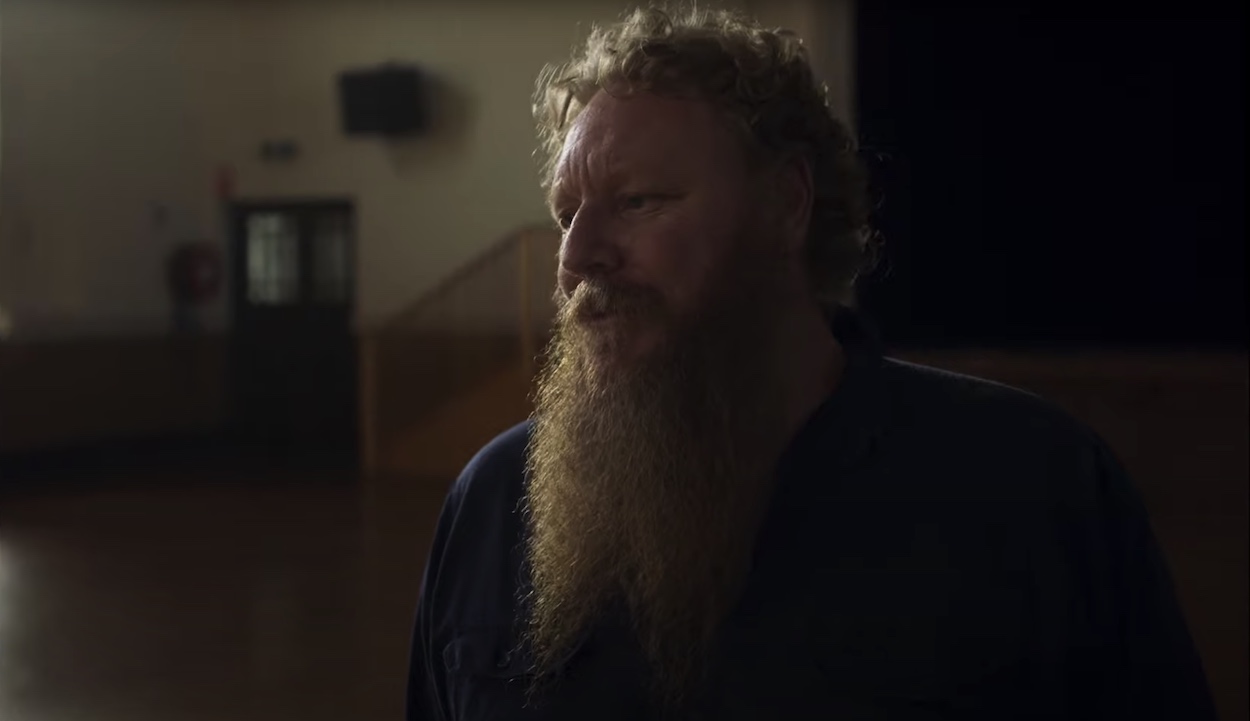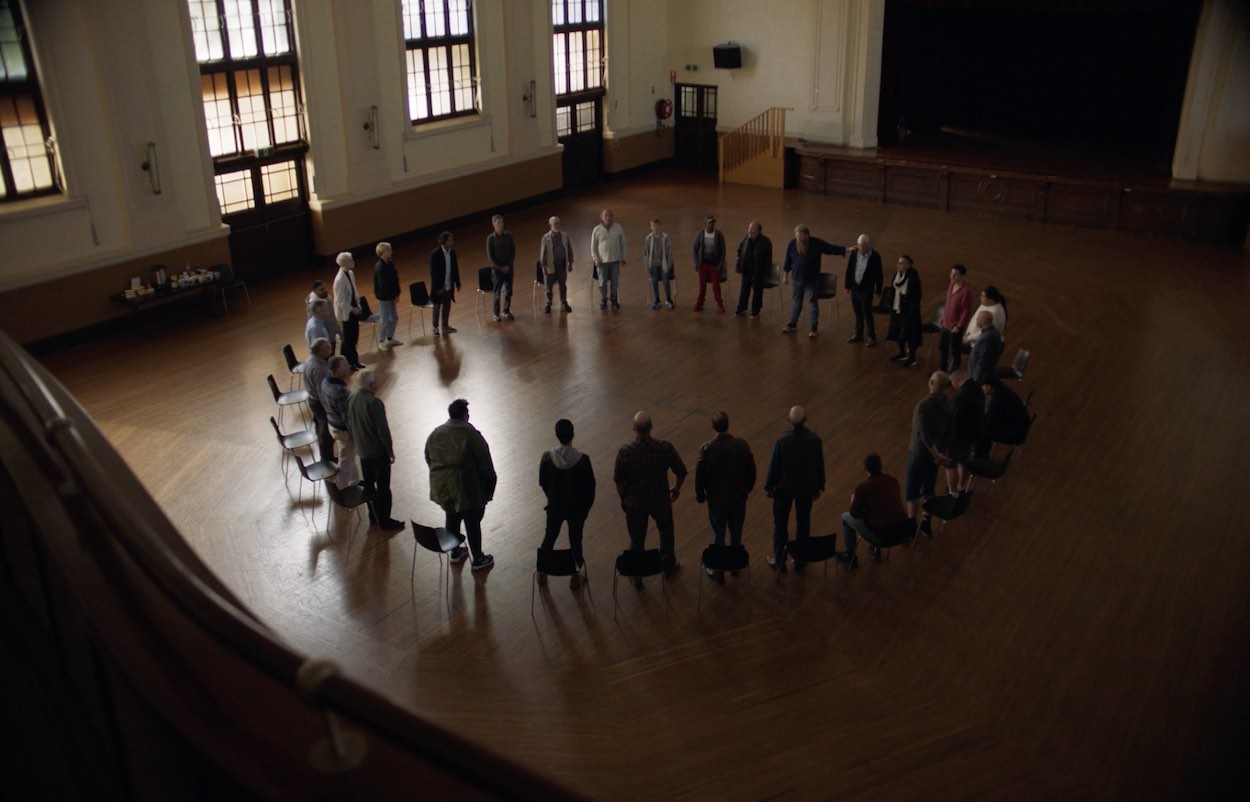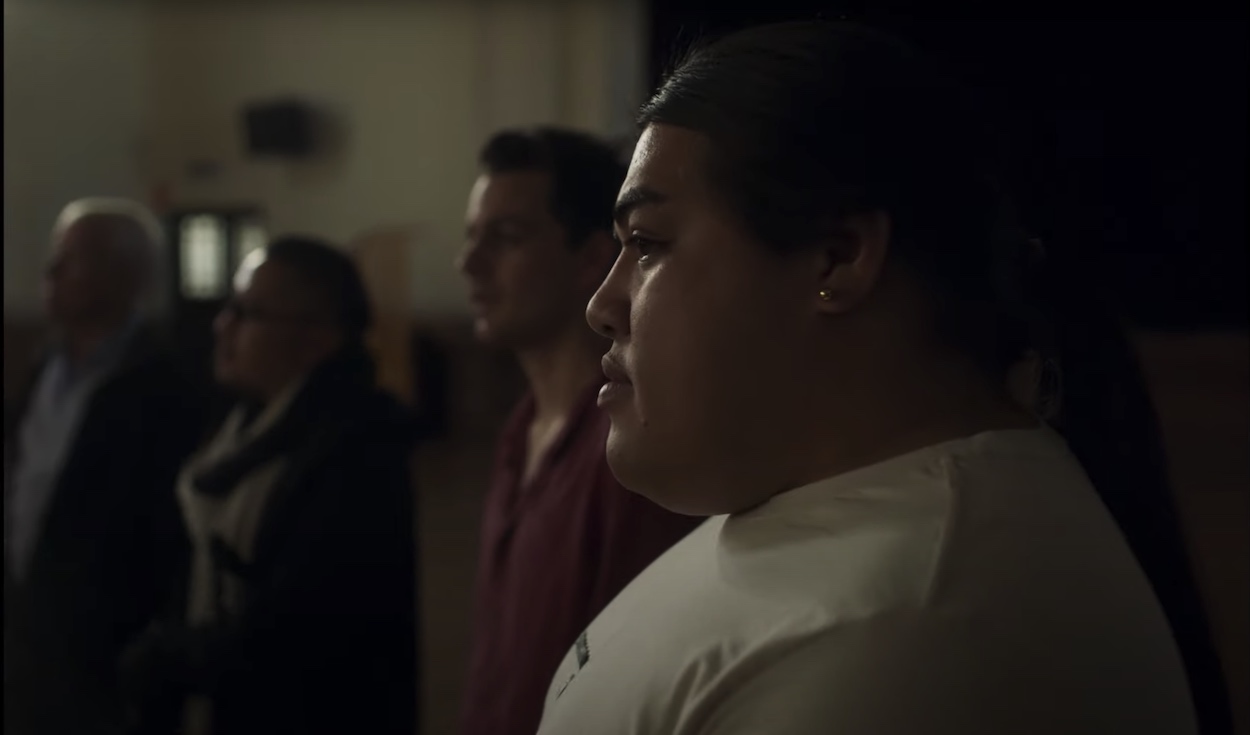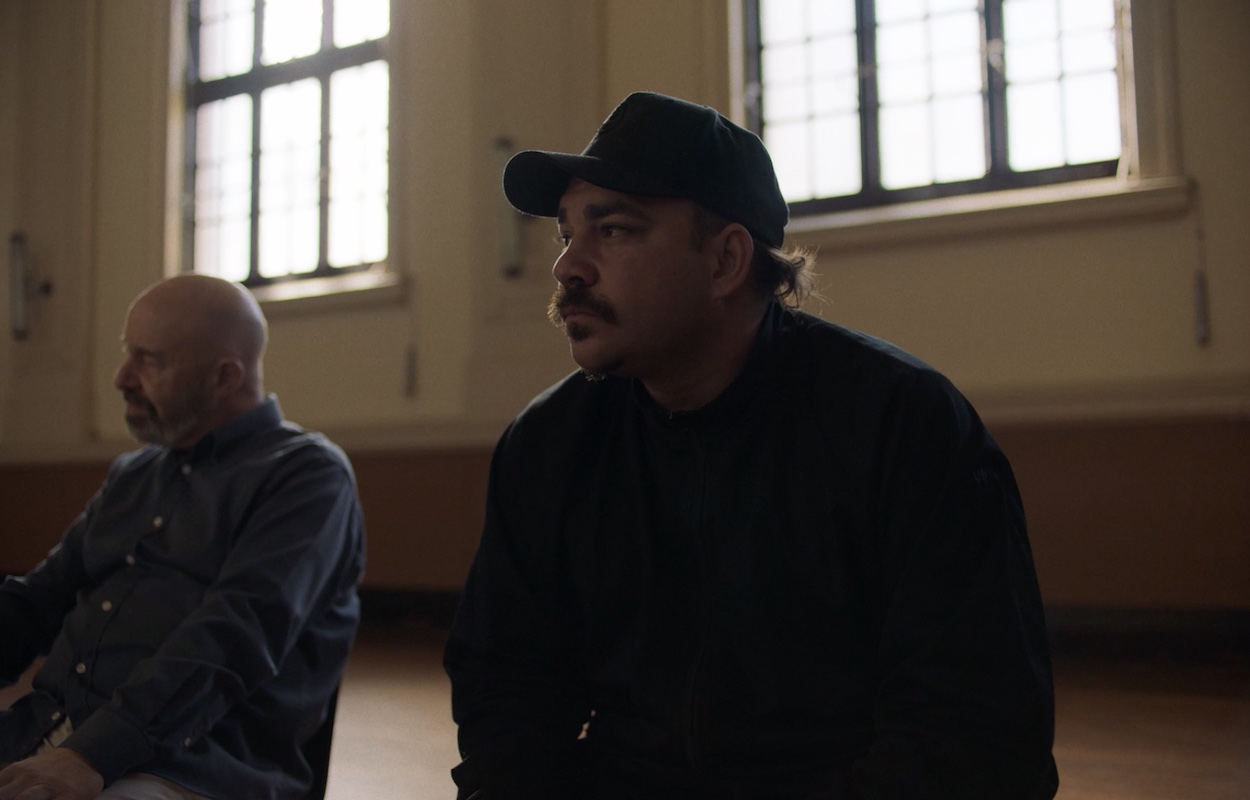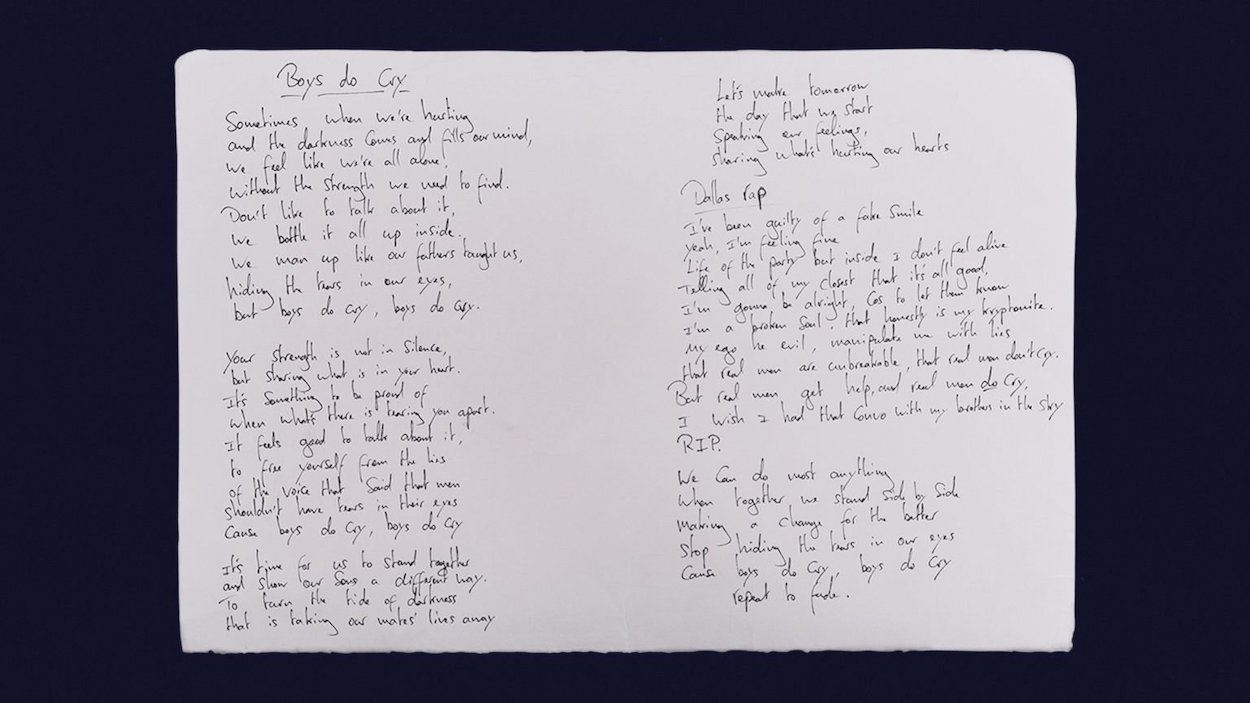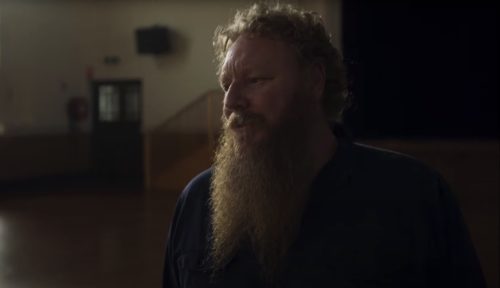Tom Campbell, these suicide statistics are pretty shocking, considering that Australia was once known as the Lucky Country. Does the idea of men being unable to express their feelings resonate with you?
Yeah, 100 percent. I think it would resonate with most men to be honest. It’s something that has been prevalent in my family on both sides. My father wrestled with it and his father before him. My family were never very good at communicating and grappled with being able to identify and express their feelings and emotions. I feel that the social standards of what being a man entails drips into the subconscious of every young boy, whether they know it or not. And you only need to glance over the mental health and suicide numbers in young men to see how much of a problem it is.
A young surfer who’s featured in the film says in an accompanying video that boys tend to go in for banter rather than dealing with the big questions. Is men communicating via banter a typically Australian phenomenon?
I think it’s something that has definitely been etched into the Australian male psyche. Australian men aren’t brilliant at talking about feelings but very good at talking around them, it seems that it’s deemed socially unacceptable for a man to cry and be more sensitive and in touch, or that through the generations we’ve been conditioned to suppress emotions, to be strong and void of pain. Australian men tend to man up and keep their problems to themselves.
How did you cast the film with such a wide a range of characters. Were they professional actors and singers?
We had a very mixed approach to casting this film. For the message to really hit home, the people who made up the choir had to truly reflect those watching at home. Eddie Baroo [see main pic] is the only professional actor in the mix. His role was the emotional anchor of the piece, the audience’s way in. He’s a kind of guy that’s easy to make assumptions about based on his appearance; he looks hard as nails, but he’s actually the sweetest and warmest human, and I knew he had a beautiful singing voice too.
We reached out to choirs and singing schools all around Sydney to find the rest of the choir, but we were conscious of the fact that we might attract men whose voices may be too polished, and we didn’t want that. It had to be a balance of rawness and polish, so we also got a brief out through social media for anyone who connected to the message and who enjoyed singing to come forward.
Suicide accounts for 5.5 percent of all deaths of Aboriginal and Torres Strait Islander peoples, compared to 1.9 percent for non-Indigenous Australians. How does Boys Do Cry reflect that?
Dallas Woods [a First Nations rapper] was part of this project from the get-go. His passion and dedication in trying to reach the young men of his community was extremely powerful and inspiring. He was really the shining light in the whole process.
Dallas is from the East Kimberley, which has one of the highest rates of suicide per capita in the world. The statistics are truly devastating, but it wasn’t until we were able to sit down together and really talk that I truly understood how personally he had been effected by it.
When he first stepped forward to deliver his verse on set the atmosphere of the entire room dramatically shifted. You could really feel the weight of his experience and the collective energy of the room was instantly altered with the importance of his words. He has the ability to channel his truth in a way that I know is going to really cut through the noise and be heard.
Dallas Woods
What were the inherent difficulties of filming a large group (30 men) and of recording the sound when they were singing in a large hall – especially since Boys Do Cry is being released as a single?
We actually recorded both in a studio prior to the shoot and on set in the hall. There were a lot of unknowns heading into the shoot so the recording in the studio was our only real rehearsal. It was a way of making sure that what we’d planned was going to work, and also for our amazing musical director Cameron Bruce to work out how to group all these different voices together.
Cameron was able to listen to the men as they were singing and arrange them in groups based on whether they were baritone, tenor or if they would be part of the melody etc. Then Charlton, Justin and Matt at Uncanny Valley did an amazing job of recording and arranging the song from that long session and that’s what we took into the shoot. But I needed to make sure there was a roughness to the recording and the voices; we had to capture the rawness and magic of all these men actually singing in the space together. So what you hear in the film is a mixture of studio recording and live on-set recording.
It must have been a pretty emotional shoot?
It was, actually. But in such a joyous way that I’d not really experienced on set before. Everyone in that hall, both cast and crew, in one way or another, had been affected by this issue. Some more directly than others. So there was a real understanding and openness between everyone in the room, no matter what their role was. There was this great sense of pride and solidarity that came with the emotional vulnerability that was on display, and I think that warmth was extremely cathartic for a lot of people in the room, myself included.
How does this film differ from your other work?
Well, I certainly hadn’t been part of putting together a choir before! Even with music videos you will always have the pre-existing song to build from. But with this, we just had The Cure’s original version, which is very different in tempo and tone and the beautifully reworked lyrics written by Simon Lee at The Hallway. But at the end of the day it was about honest emotion and human connection, and although it may seem a bit cliched to say, those really are the things I’m looking to bring out in all my work.
It’s so very rare in this industry that you have the opportunity to work on something that is so creative, with so many truly amazing people, that also has the potential to make real change. So for me that was the main difference and it’s something I’m so grateful to have been a part of.
See more work by Tom Campbell here
